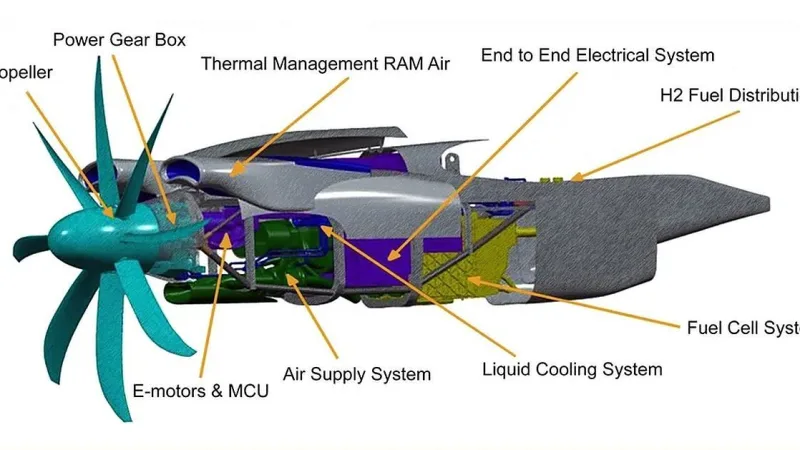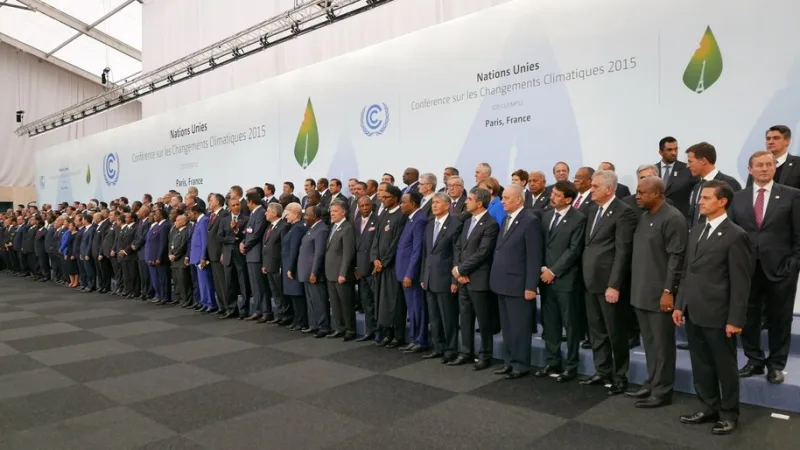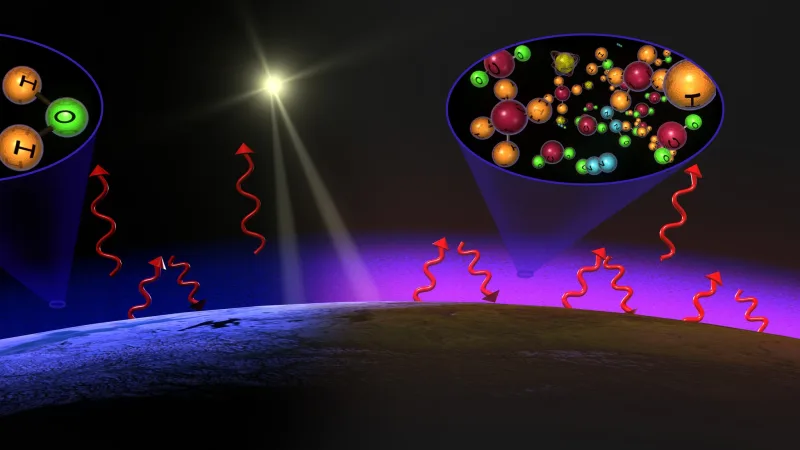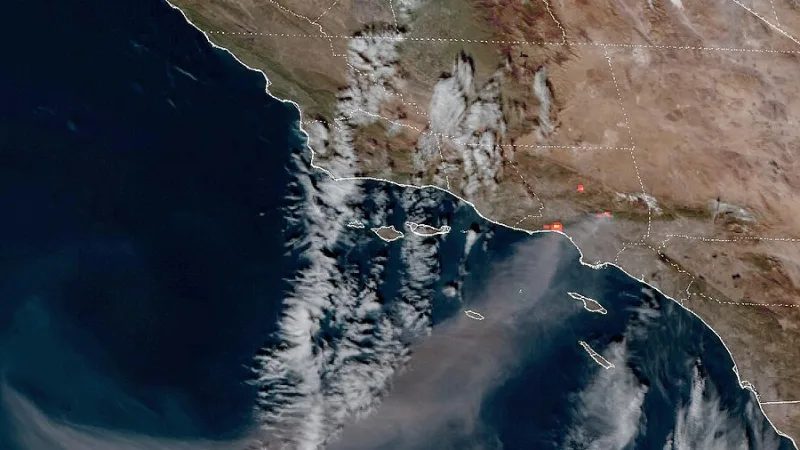New Study: How wildfires deplete the Earth’s ozone layer?
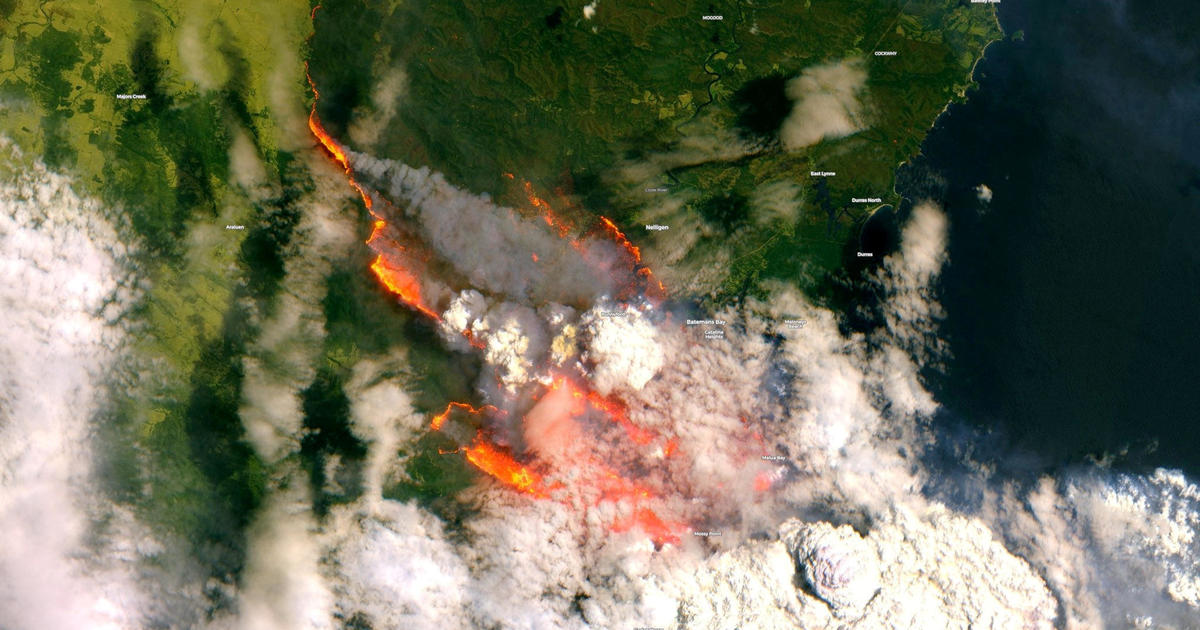
Towering clouds of smoke produced by raging wildfires are causing a detrimental effect on Earth’s ozone layer due to the combination of smoke, atmospheric chemistry, and ultraviolet radiation. A new study reveals that smoke particles that reach the stratosphere are reacting with atmospheric molecules, leading to the depletion of the ozone layer. The research conducted by a team of scientists explains how smoke particles interact with stratospheric gases, which include lingering emissions of ozone-destroying chemicals.
The study, which was published in Nature, reveals that the mixture of smoke particles and solar radiation produces chlorine radicals, which are notorious for attacking the ozone layer. The events that occurred during the Australian wildfires of 2019 and early 2020 resulted in depleting 3 to 5 percent of the ozone layer in some parts of the Southern Hemisphere in 2020. While this may seem like a small fraction of the entire ozone layer, it is comparable to the impact that human emissions of ozone-eating chlorofluorocarbons had at their peak.
Chlorofluorocarbons are chemicals that were once widely used in refrigerators and air conditioners, but they were later banned due to their harmful effects on the ozone layer. The chemicals, when released into the atmosphere, caused a large hole over Antarctica, which weakened the ozone layer, making it incapable of preventing harmful ultraviolet radiation from reaching the planet’s surface.
The scientists, led by MIT atmospheric chemist Susan Solomon, analyzed atmospheric observations of chlorine, ozone, and other molecules following the Australian wildfires and compared them to simulations of atmospheric chemistry. They found that the abundance of certain chemicals in the stratosphere, such as hydrogen chloride gas and chlorine nitrate, had decreased significantly.
Hydrogen chloride gas is a byproduct of the breakdown of chlorofluorocarbons and can linger for decades in the stratosphere. The Antarctic ozone hole was caused by the absorption of hydrogen chloride gas into icy clouds that travel through the stratosphere. However, the warmer temperatures over Australia make it impossible for the gas to dissolve into the clouds. The satellite data from the Australian wildfires indicated that something was still removing hydrogen chloride gas from the atmosphere.
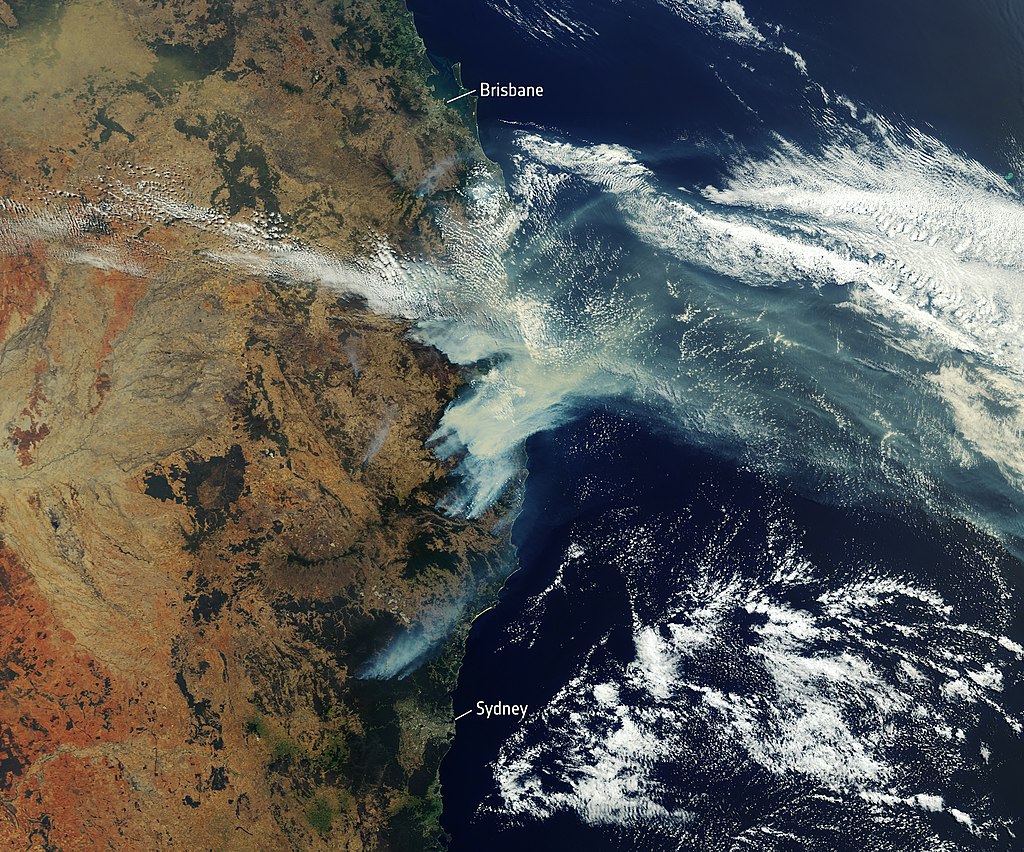
The study’s findings showed that organic particles in the smoke could absorb hydrogen chloride gas, even at warmer temperatures, thereby kicking off the essential first step in the chain of reactions that form ozone-depleting chemicals. This process led to the depletion of the ozone layer and the formation of the ozone hole.
In addition, the study highlights the need to take action to prevent wildfires and their impact on the environment. The findings show that even seemingly small wildfires can have a severe impact on the ozone layer and, ultimately, on the health of the planet. Governments and organizations should take steps to prevent wildfires, including measures such as controlled
burning, managing forests, and limiting human activities that could trigger wildfires.
The new study also highlights the importance of understanding the complex interactions that occur within the atmosphere. With an improved understanding of atmospheric chemistry, scientists can develop more effective strategies to mitigate the impact of human activities on the environment.
2019 was Australia’s hottest year on record
According to data from the Bureau of Meteorology, 2019 was the hottest year on record for Australia, with temperatures reaching 1.52C above the long-term average. This year brought severe drought, heatwaves, temperature records, and devastating bushfires, and was 0.19C hotter than the previous record holder in 2013.
Experts in climate science told The Guardian that climate change was a significant factor in pushing what would have been a hot year into record territory. The increased temperatures led to heat extremes and an elevated risk of deadly bushfires, underscoring the urgent need for action to address the effects of climate change.
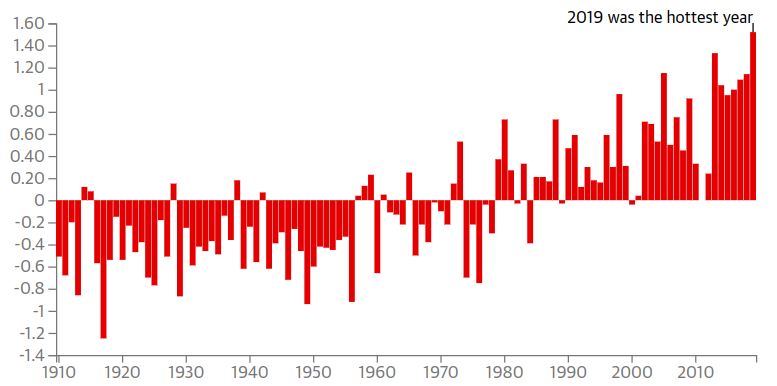
Wildfires have a significant impact on the environment, including the depletion of the ozone layer. It is essential to take action to prevent wildfires, including measures such as controlled burning, forest management, and limiting human activities that could trigger wildfires. The study’s findings provide valuable insights into atmospheric chemistry and highlight the need for continued research in this field.



